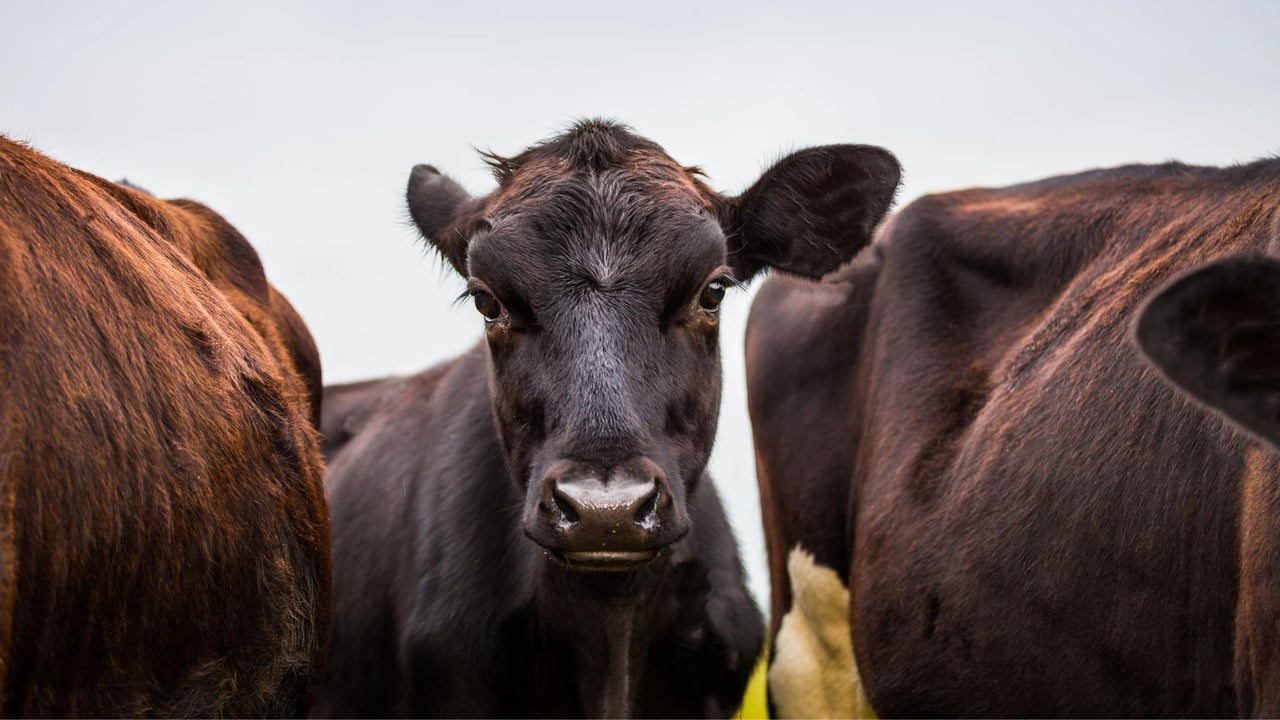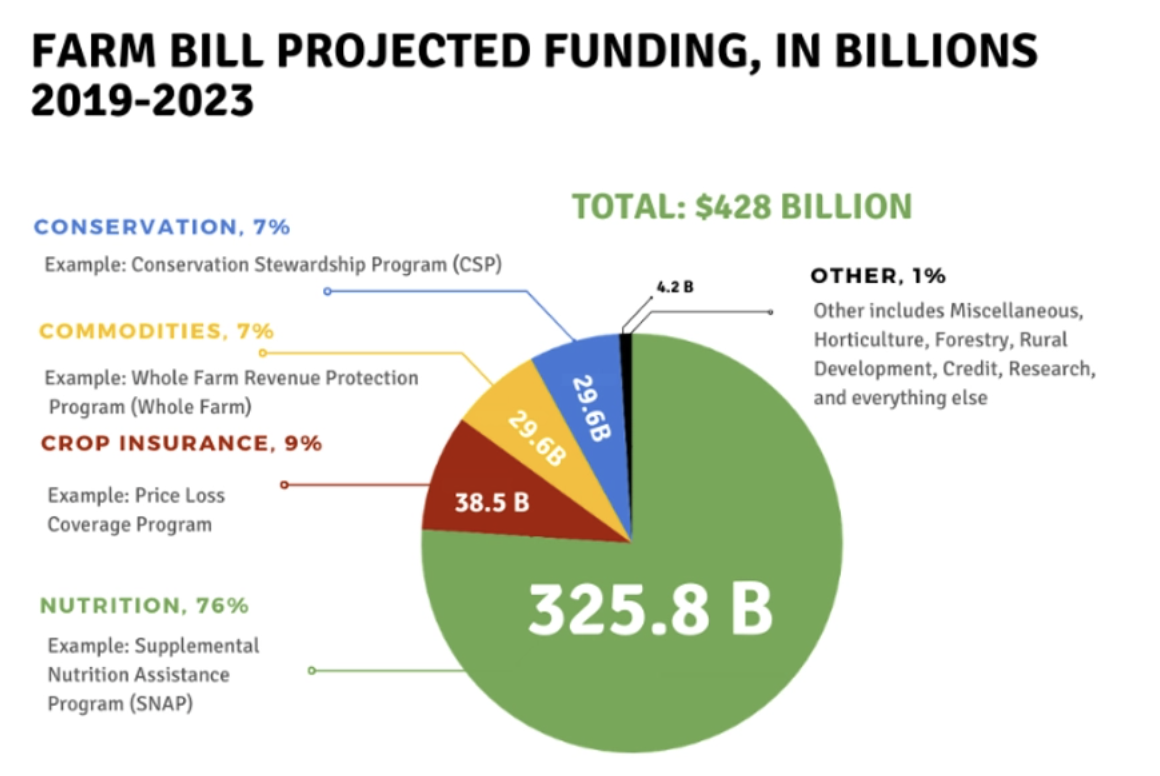
The Animal Advocate’s Guide to the 2023 Farm Bill
Email Congress to Demand Protections for Farmed Animals
What Is the Farm Bill?
The farm bill is an enormous package of legislation that establishes how the government will prioritize and allocate funding for the entire American food system. It must be reviewed and repassed every five years, and it impacts nearly every aspect of how food is produced and consumed in the US. The bill covers programs ranging from healthy food accessibility, support and training for farmers transitioning to more sustainable practices, farmland conservation and stewardship, and plant-based food programs.
Every five years, advocates and citizens have an opportunity to push for real change in how we grow, distribute, and promote certain foods and farming practices. For animal advocates, it’s a key moment to fight for treating animals and nature with respect.
Throughout 2023, the current farm bill (the Agriculture Improvement Act of 2018) will be discussed, debated, updated, amended, and even given a new name through an extensive process in Congress and then signed into law by the President. It will be the law of the land for the next five years.
The current and past farm bills heavily favor the animal agriculture industry and support factory farming, a system that subjects animals to cruel conditions and exploits natural resources, destroying our environment and jeopardizing our health.
Support the Farm Bill
Our Asks For Animals in the Farm Bill
As dedicated animal advocates, we must make meat reduction and ending factory farming a priority for the 2023 farm bill. Below, we have outlined our primary asks and their importance in relation to food systems and animal agriculture.
Increase Accessibility to Plant-Based Foods
Reconnecting local farmers who grow crops for human consumption to local consumers is important to increase the accessibility to plant-based foods. As part of Title X: Horticulture in the Farm Bill, increasing subsidies and funding for programs that support these measures allows for increased access to nutritional and diverse food crops. Funding in this area would also give support and better options to those ranchers and farmers wanting to transition away from factory farming and shift to plant-based food operations. It’s also important to ensure that farmers growing crops for human consumption get a fair share of programs where bailout money is provided (CARES, Inflation, Tariffs, etc.).
Protect Wildlife and Habitats
Factory farming continues to destroy native habitats and threaten numerous wildlife species through its expansive land and resource use. Under Title 2: Conservation of the Farm Bill, increased funding for a diversified food system that shifts away from the reliance on animal feed is key for mitigating the environmental and climate toll that animal agriculture is causing. Implementing a plant-based soil conservation approach will create sustainable food production that is focused on regenerative agriculture. We must expand funding for research programs that look at the cost, speed, and resources needed to regenerate soil with certain plant types and plant-based processes to better understand how we can continue to shift away from our reliance on animal feed.
Meat Reduction and Ban on Factory Farms
Animals raised on factory farms are among the most abused animals in the world, but their suffering is rarely part of the conversation when it comes to federal legislation. As part of the 2023 farm bill, we must move to have policies that focus on the reduction of meat and stopping the development of new factory farms. Under various titles, funding should be allotted to hold meat companies responsible for the harm caused by factory farms that raise animals. Fewer animals going into the system means fewer negative impacts on our environment, our health, and the livelihood of animals.
How Can You Help?
Citizen and stakeholder action can ensure that the 2023 farm bill will lead to a more just and productive agricultural system that accounts for the welfare of all animals. These actions support our communities, vibrant natural resources, and the lives of the animals who exist within them.
Show Your Support
A Deeper Look Into the Farm Bill
The farm bill’s chapters are called titles. The numbers and the substance matter of the titles can change over time. The 2018 farm bill, for instance, has twelve titles and covered an expansive number of areas of the agriculture sector.
Under these twelve different titles, funding is provided, often in the form of subsidies, to support the commodities that the agriculture industry produces. While much of the funding goes to support nutrition programs like SNAP, other subsidies support commodities such as animal feed, dairy, and livestock.
As seen in the chart, only a small percentage of funding is reserved for programs that would assist farmers in growing crops for human consumption and research for developmental plant-based programs.
